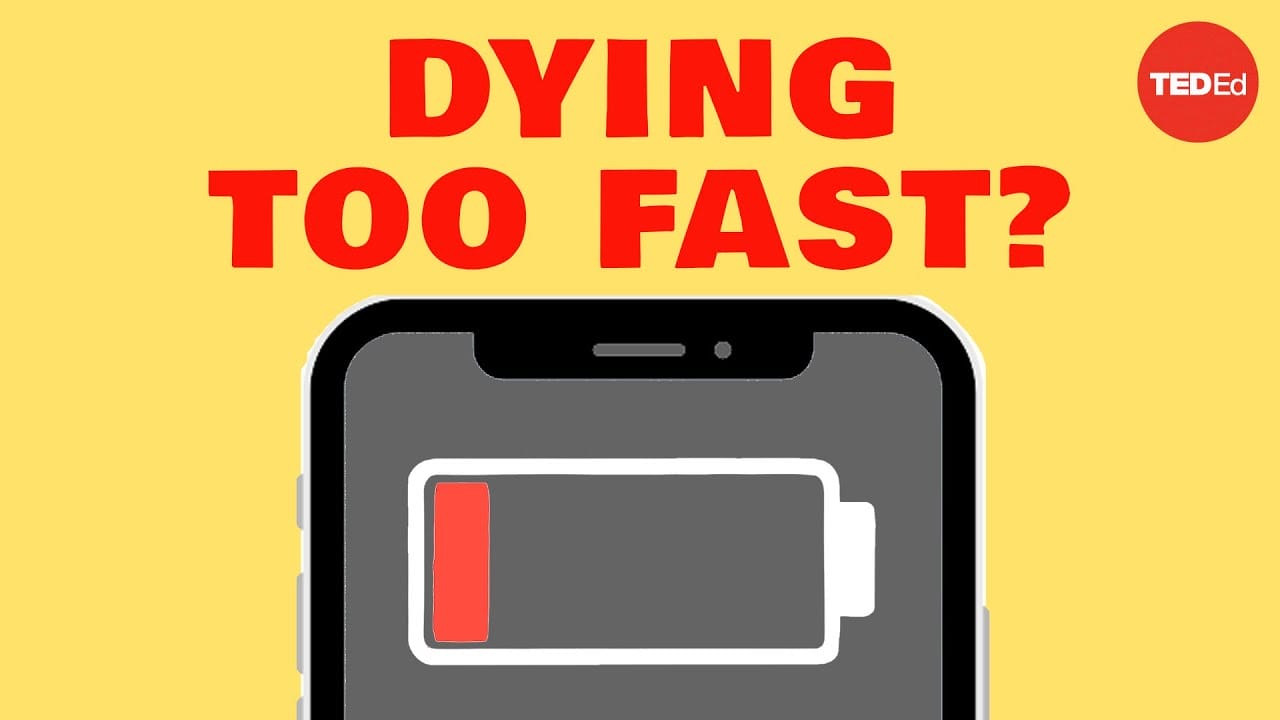What Happens If You Don’t Put Your Phone In Airplane Mode
Chat With Your XTutor About This Video Lesson
Lesson Article
The Invisible Signals Around Us
At this very moment, invisible signals are flying through the air all around us. Beyond the spectrum of light our eyes can see, massive radio waves as wide as houses carry information between computers, GPS systems, cell phones, and more. In fact, the signal your phone broadcasts is so strong that if your eyes could see radio waves, your phone would be visible from Jupiter. However, this visibility would be compromised by interference from routers, satellites, and people who haven’t put their phones in airplane mode.
The Role of Airplane Mode
Contrary to popular belief, the airplane mode setting on your phone isn’t to protect your flight but rather to protect everyone else in your flight path. Cell phones connect to networks by emitting information in the form of electromagnetic waves, specifically, radio waves, which occupy a certain band of the electromagnetic spectrum. These radio waves come in a range of wavelengths. When you make a call, your phone generates a radio wave signal which it throws to the nearest cell tower. If you’re far from service, your phone will expend more battery power to send a higher amplitude signal in an effort to make a connection.
Managing Calls and Interference
Once connected, this signal is relayed between cell towers all the way to your call’s recipient. Since your call isn’t the only signal out here, cell towers managing the calls assign each phone involved their own wavelength. This specific color ensures you’re not picking up other people’s calls. It’s even slightly different from the wavelength your phone is receiving information on, so as not to interfere with that incoming signal. However, with the advent of Wi-Fi, the demand for ownership of these wavelengths has increased dramatically, making avoiding interference increasingly difficult.
The Impact of Phones on Planes
Interference becomes particularly problematic when cell towers receive too many signals at once, such as during regional emergencies when everyone’s trying to use their phones. But other sources of interference are more preventable, like phones searching for signals from thousands of meters in the sky. Phones on planes are very far from cell towers, so they work overtime to send the loudest signals they can in search of service. But since planes travel so quickly, the phones might find themselves much closer to a cell tower than expected—blasting it with a massive signal that drowns out those on the ground. So when you fly without using airplane mode, you’re essentially acting as a military radio jammer—sending out giant radio waves that interfere with nearby signals.
The Vicious Cycle of Radio Waves
Even on the ground, almost all our electronics emit rogue radio waves, slowing down our internet and making our calls choppy. This leads consumers to pay for more bandwidth, pushing service providers to take over more of the radio spectrum, and eventually, send more satellites into the sky—creating a vicious cycle that could eventually blot out the stars. This system is threatening our relationship with the cosmos. Radio telescopes used for astronomy rely on a specific band of wavelengths to see deep into space. However, while this range is supposedly protected, the cutoffs aren’t enforced.
The Threat to Astronomy
For example, the Very Large Array can see signals throughout our solar system from 1 to 50 GHz. But if it tries looking for signals below 5 GHz, its search could be drowned out by a sea of phones on 5G networks. Today, nowhere on Earth is truly radio-quiet. Satellites relaying signals around the globe have blanketed the planet in radio waves. But there are a few places with less crowded skies, where radio telescopes can look deep into space. Here, we can see the black hole at the center of the Milky Way, and uncover the secrets of galaxies up to 96 billion light years away. Well, so long as we’re not blinded by phones sending signals from first class.
Discussion Questions
- How does the airplane mode setting on your phone protect others in your flight path?
- Why do cell towers assign each phone involved in a call their own wavelength?
- What are some preventable sources of interference for cell towers?
- How do phones on planes interfere with nearby signals and act as military radio jammers?
- How do rogue radio waves emitted by electronics on the ground affect our internet and calls?
- What is the vicious cycle created by rogue radio waves and the need for more bandwidth?
- How do radio waves emitted by satellites threaten our relationship with the cosmos and radio telescopes used for astronomy?
- What are some consequences of the lack of enforcement of cutoffs for protected wavelengths used by radio telescopes?
Lesson Vocabulary
invisible signals – Signals that cannot be seen by the human eye. – The invisible signals from the remote control are used to change the TV channel.
radio waves – Electromagnetic waves with long wavelengths and low frequencies are used for wireless communication. – Radio waves are used to transmit signals from the radio station to your car’s receiver.
electromagnetic waves – Waves of electric and magnetic energy that travel together through space. – Electromagnetic waves include radio waves, microwaves, infrared, visible light, ultraviolet, X-rays, and gamma rays.
wavelength – The distance between two corresponding points on a wave, such as the peak to peak or trough to trough. – The wavelength of a radio wave determines the frequency at which it operates.
amplitude – The maximum height or value of a wave from its equilibrium position. – The amplitude of a sound wave determines its volume or loudness.
cell towers – Tall structures equipped with antennas that transmit and receive signals to and from mobile devices. – Cell towers are essential for maintaining a strong cellular network connection.
interference – The disruption or distortion of a signal caused by unwanted electrical or electromagnetic signals. – The baby monitor was experiencing interference from a nearby cordless phone.
airplane mode – A setting on mobile devices that disables all wireless communication to comply with airplane safety regulations. – Remember to switch your phone to airplane mode before the flight takes off.
bandwidth – The maximum amount of data that can be transmitted over a network connection in a given amount of time. – High-speed internet plans offer larger bandwidth, allowing for faster downloads and streaming.
radio spectrum – The range of frequencies used for radio communication, divided into different bands. – The FM band in the radio spectrum is typically used for broadcasting music and talk shows.
Share This Lesson:
- Categories: Astronomy, Grade 7, Grade 8, Grade 9, Physics, TED Ed, Video Lessons
- Keywords: airplane mode, amplitude, bandwidth, cell towers, electromagnetic waves, interference, invisible signals, radio waves, wavelength






